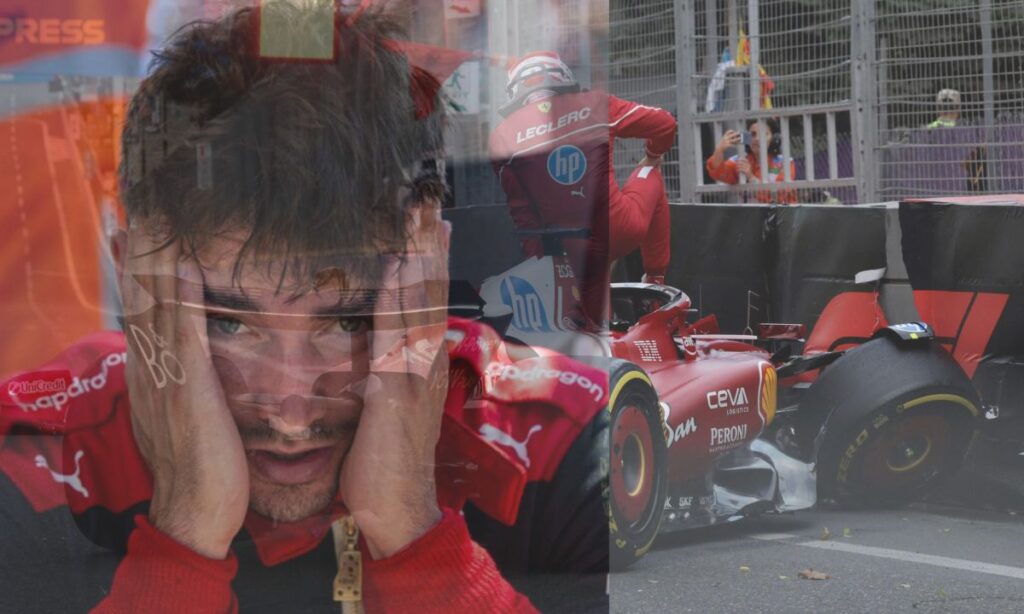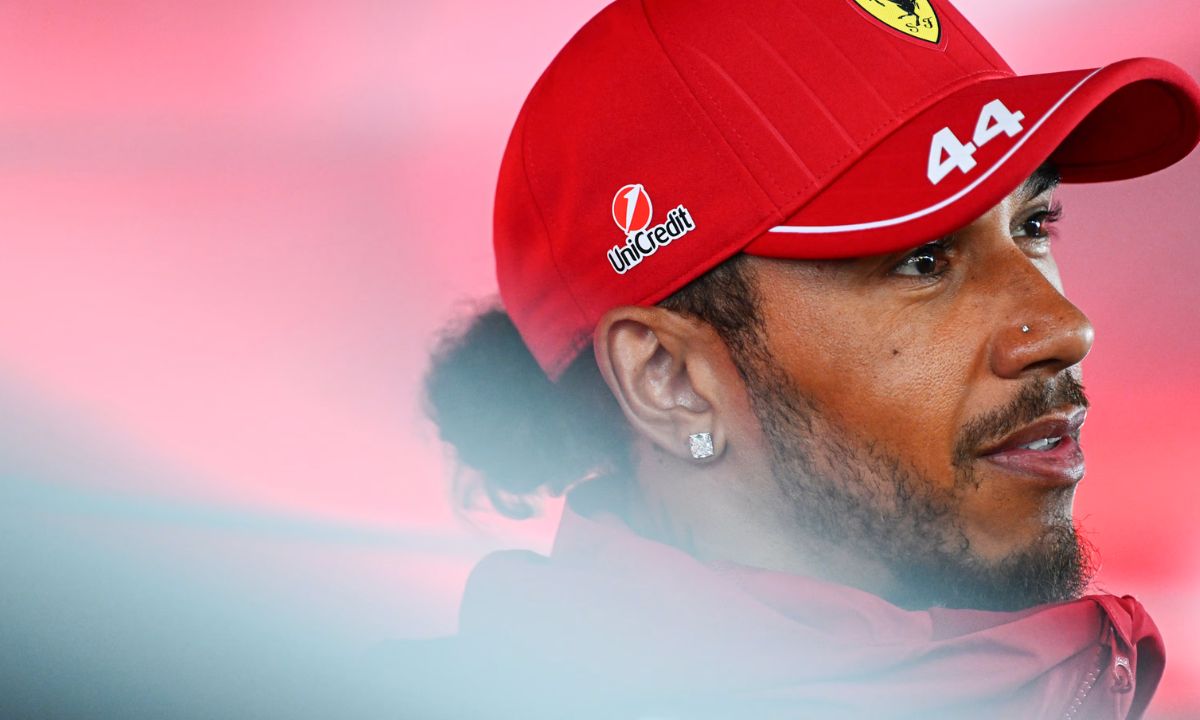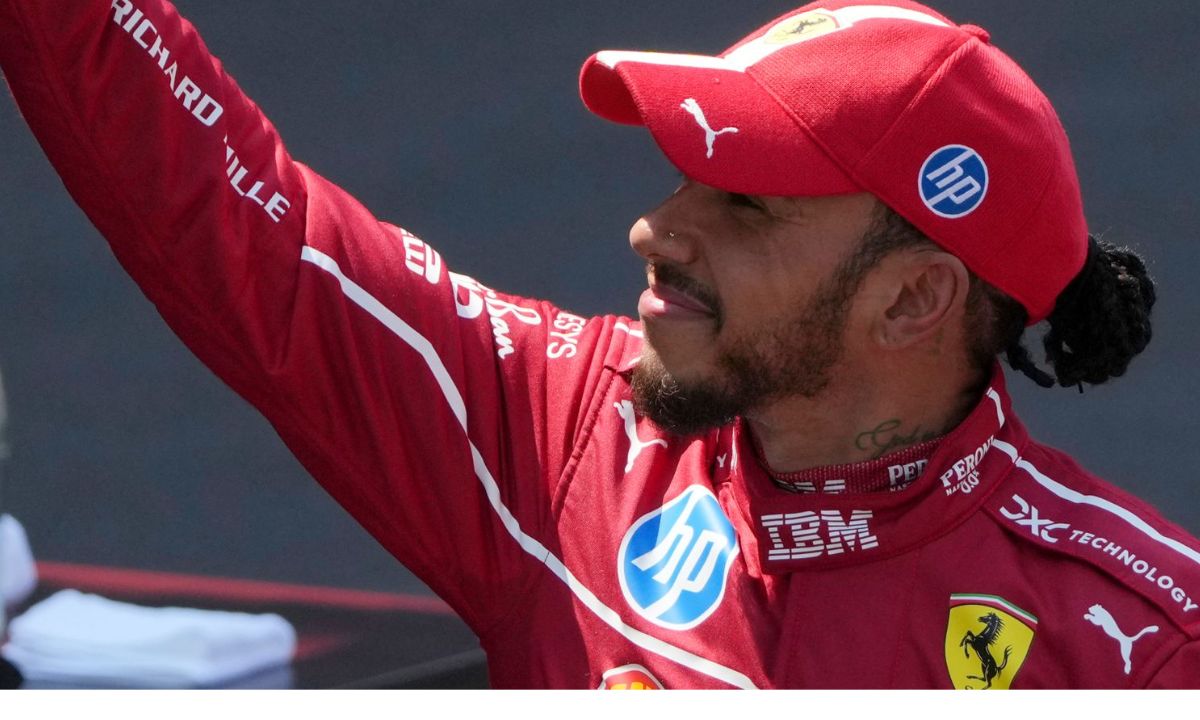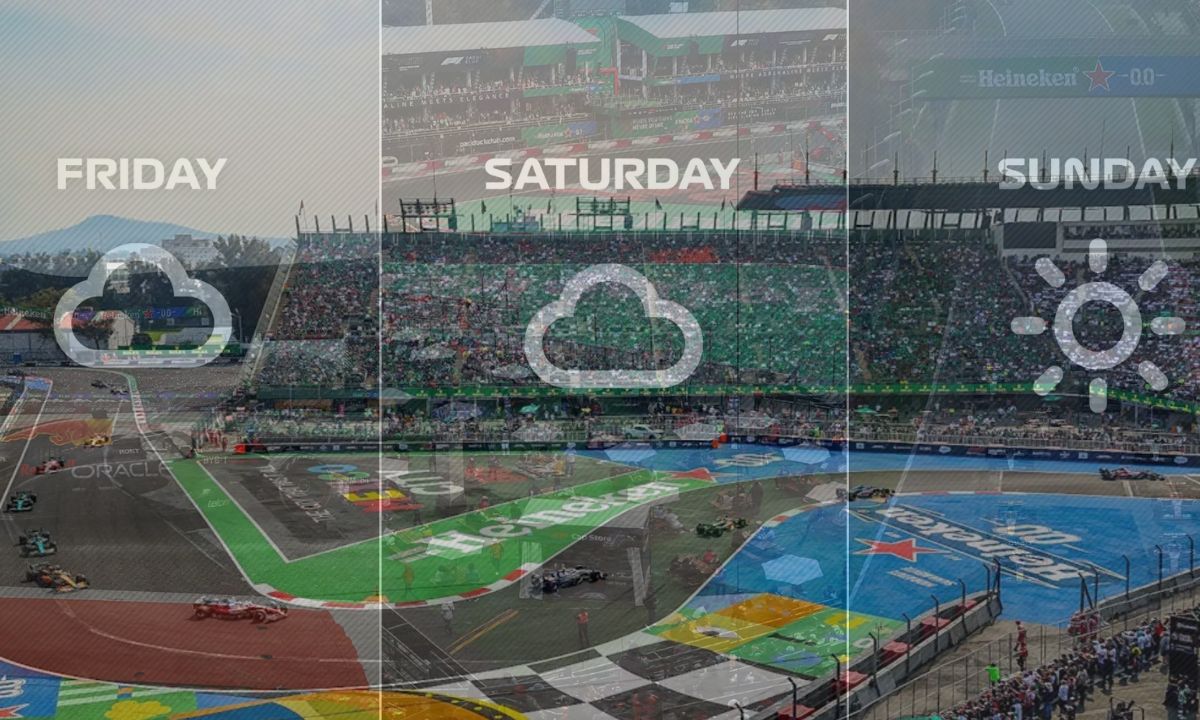The Azerbaijan Grand Prix weekend took a dramatic turn for Ferrari as both Lewis Hamilton and Charles Leclerc endured major setbacks in a chaotic Qualifying session. What was expected to be a strong showing for the Scuderia ended with Hamilton shockingly knocked out in Q2 and Leclerc crashing in Q3, leaving the team on the back foot ahead of race day.
Hamilton’s promising pace unravels in Q2
Coming into Saturday, Hamilton had reasons to feel confident. The seven-time world champion topped Ferrari’s pace charts on Friday, finishing practice in P4 behind only Max Verstappen’s Red Bull and McLaren duo Oscar Piastri and Lando Norris. His form suggested he could push for a top-three grid slot.However, Qualifying around the streets of Baku often delivers unpredictability, and this time it caught Hamilton out. Amid a session littered with red flags and strategic gambles on Pirelli’s soft and medium tyres, Ferrari opted for a plan that backfired. Hamilton found himself eliminated in Q2, securing only 12th place on the grid.
“Honestly, I thought I was fighting for the top three, so it’s a big shock,” Hamilton admitted. He pointed to tyre strategy as the decisive factor. “We should have done what everyone else did and had three mediums ready for Qualifying. We knew it was quicker, but for some reason, we didn’t use it. That’s something we’ll sort internally.”
Despite the disappointment, Hamilton is not writing off his chances. “I’m still optimistic about the race. There’s been a lot of progress with the car, so hopefully we can move forward on Sunday,” he added.
If Hamilton’s exit was surprising, Leclerc’s crash was equally crushing. Known for his exceptional record in Azerbaijan, where he had previously claimed four straight pole positions, the Monegasque driver was Ferrari’s best hope to salvage a front-row start.
But in Q3, while pushing to the limit, Leclerc clipped the barriers at the tricky Turn 15 and ended up in the wall. The damage forced him to retire from the session without setting a lap time, leaving him stranded in 10th place.

“It’s been an extremely difficult weekend overall,” Leclerc admitted. “Normally I love racing here, but from the start, we’ve been struggling with balance. We changed quite a lot on the car before Qualifying, which felt better, but then we couldn’t get the mediums up to temperature. On top of that, I made a mistake that cost us a lot. There’s not much more to say.”
The frustration was evident, especially given Ferrari’s history of strength in Baku. Instead of leading the field, Leclerc now faces the challenge of climbing up from the lower end of the top ten.
Ferrari’s strategy questions
The contrasting fates of Hamilton and Leclerc point to deeper issues within Ferrari’s weekend approach. Tyre management was at the heart of Hamilton’s downfall, while Leclerc’s crash highlighted the fine margins between risk and reward on Baku’s unforgiving circuit.
Fans and analysts alike will question whether Ferrari missed opportunities in strategy and preparation. Hamilton’s comments suggest there was clear awareness of what rivals were doing with their tyre allocations, yet the team chose a different path. Meanwhile, Leclerc’s struggles with car balance indicate set-up changes may have unsettled his rhythm.Heading into Sunday’s Grand Prix, Ferrari’s chances look far more complicated than anticipated. Hamilton will need to rely on race pace and potential incidents ahead to climb from 12th, while Leclerc faces a tough challenge to break into the front-running positions from 10th.
The silver lining is that overtaking opportunities do exist in Baku, and safety cars often play a role in reshaping the order. Hamilton’s optimism suggests Ferrari still believes their race pace can compensate for their Qualifying misfortunes.
Yet, with Verstappen and McLaren looking sharp, Ferrari will have to deliver a near-perfect strategy to salvage a strong result. For a team that arrived with high expectations, Saturday was a sobering reminder of how quickly fortunes can change on the streets of Azerbaijan.




